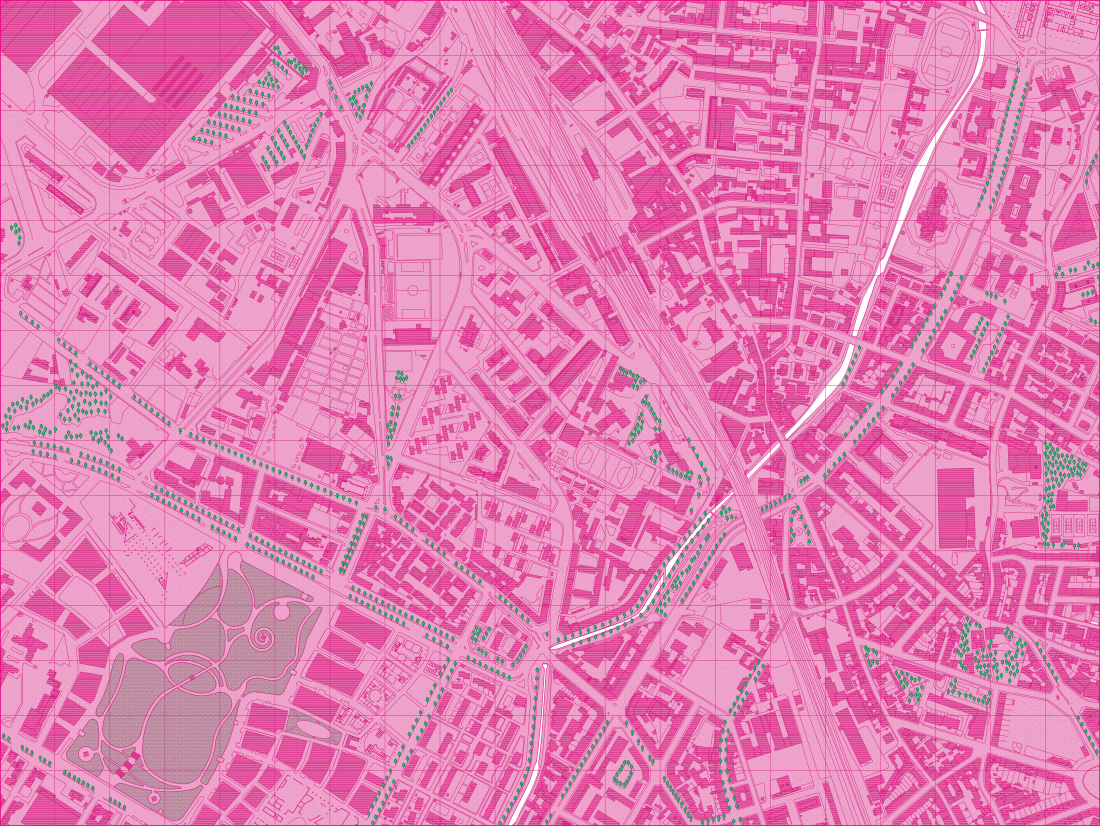2014 GROUND FLOOR CRISIS – FIRENZE
GROUND FLOOR CRISIS – FIRENZE
2014
The effects of economic and real estate crisis are written in the radical transformation of the ground floors of the italian cities. Commerce becomes increasingly volatile, spaces of common use are privatized or regimented, the built volume is underutilized, houses substitute tertiary and specialized functions. All these phenomena tell us about the breach in the delicate relations of coexistence at the ground level.
The flood of 4 November 1966 produced a tabula rasa in both spatial and temporal terms. The sudden short-circuit provoked by the inundation of historic centres unveiled the intrinsic fragility of the ground floor and opened up for new urgent questions on the preservation regimes of cultural heritage. Any discourse on the uses and modifications of architecture within the italian cities is still largely influenced by the wake of that debate.
Accidentally, 1966 is also the year of publication of both L’Architettura della Città and Complexity and Contraddiction in Architecture. The renewed interest in the form of the city marked a radical shift – at least from a theoretical standpoint – in the apparently linear and inexorable trajectory of modern architecture.
Through a provisional omission on the catastrophic dimension of alluvial events, one can read the unusual image of the urban form produced by its recurring amphibious condition. The erasure of filters and sequences redefines the articulation of boundaries between interior and exterior spaces, between public and private realm. Water acts as a reagent. It provides a detailed diagnosis of the current condition of the city.
While the post-flood accounts and the inventory of damaged activities depict an accurate image of the ground floor use, the section plan of the water redraws its architectural consistency. Intercepting both monuments and minor buildings, both intimate and public spaces, it abolishes hierarchies, it reveals formal richness and it offers a palimpsest to be completely rewritten.
A project by
Matteo Ghidoni
with
Campomarzio
Pietro Vincenzo Ambrosini, Michele Andreatta, Alessandro Busana, Daniele Cappelletti, Karol Czarzasty, Enrico Lunelli, Enrico Varagnolo
Pool
Annapaola Busnardo, Grazia Comai, Caterina Gerolimetto
Salottobuono
Paolo Migliori, Francesco Zorzi
The Ship
Francesca Romana Dell’Aglio, Giorgio De Vecchi, Anna Livia Friel, Benjamin Gallegos Gabilondo, Marco Provinciali
Exhibited in MONDITALIA
14th Venice Architecture Biennale – Fundamentals – curated by Rem Koolhaas
